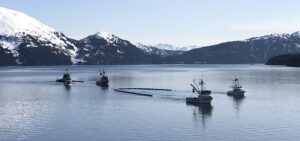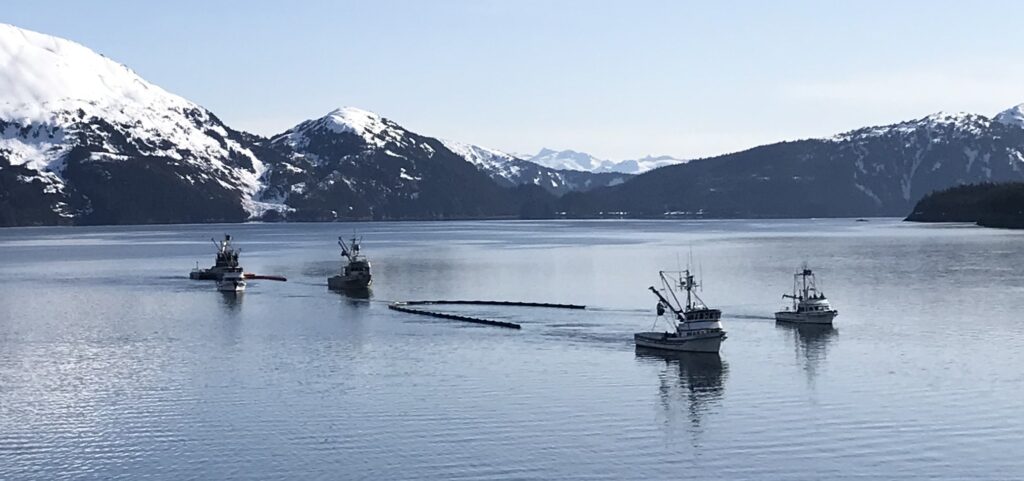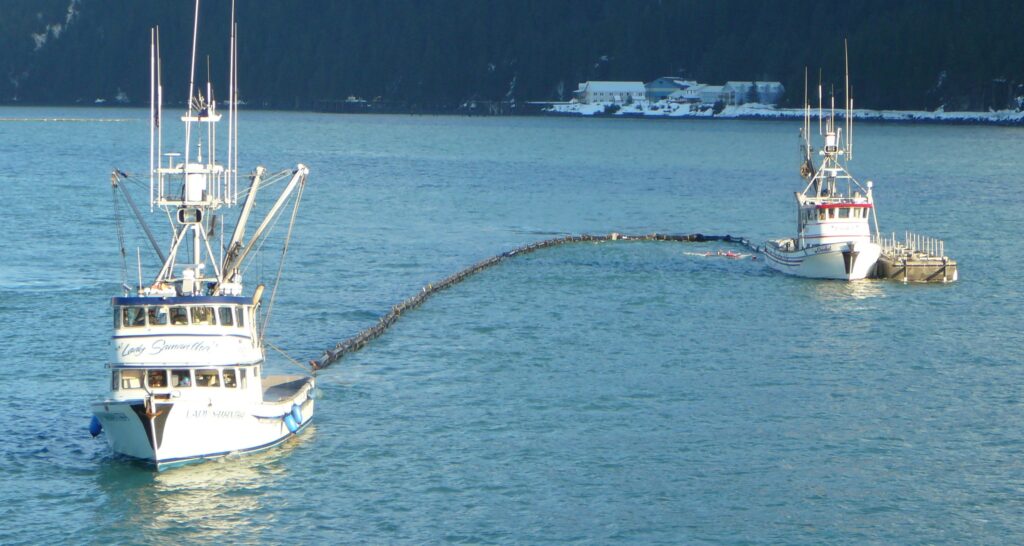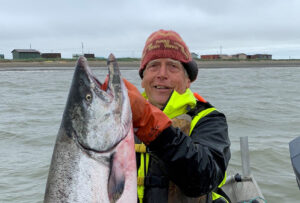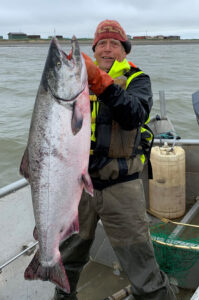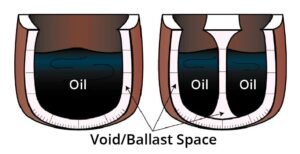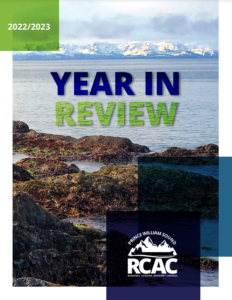Many of the drills and exercises conducted by the industry last year went well, according to the latest drill summary released by the Council. During the 14 drills and exercises observed in 2024, responders were generally well-practiced and activities went smoothly. The summary report also contains suggestions for future exercises.
Tanker spill exercise
In October, Marathon Petroleum conducted a large exercise, simulating a spill of almost 3 million gallons of crude oil from a tanker into central Prince William Sound.
One goal of the exercise was to test how well responders transitioned command of the response from Alyeska’s Ship Escort Response Vessel System, or SERVS, to Marathon. Part of SERVS’ role in an oil spill is to initiate and manage the response activities until the company that owns the tanker arrives on the scene.
“The transition from Alyeska to Marathon was very well done,” says Roy Robertson, drill monitor for the Council. “The Marathon team members took the time to shadow SERVS’ team before the transition to learn the system and processes that are unique to our region.”
“Marathon also kept most of SERVS’ team around to provide support which has not always been done in the past,” Robertson added.
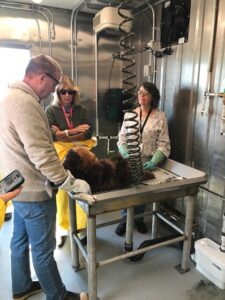
Terminal spill exercises
In 2024, Alyeska conducted several exercises that simulated a spill from the terminal. During one of these, Alyeska set up its new units for treating oiled wildlife such as otters and birds. These units contain state of the art equipment and can be set up quickly in the event of a spill.
Polar Tankers conducted emergency towing exercises
Polar Tankers led the pack in tanker towing exercises. The industry is required to perform one each quarter, although a total of five were conducted in 2024. The Council observed two of the five. Polar Tankers volunteered to conduct three.
“These exercises do add time to the tanker’s trip,” says Robertson. “But they provide valuable training for the crews.”
The report recommends rotating the exercises between the various shipping companies.
Protecting sensitive areas
Several exercises focused on tactics to keep oil away from shorelines or other areas that are particularly susceptible to damage from oil contamination.
This type of exercise is often held during the annual spill response training for fishing vessel crews. The small vessels that participate in these trainings would mostly be used in this capacity in a real incident.
Some areas to improve
The report included suggestions for improving future exercises, including:
- More deployments of the new oil spill response barge, the Allison Creek, which replaced an older barge of the same name last year. The new barge is an improvement, but does have more equipment on its deck.
- Practice response operations during reduced visibility. More than 5 years have elapsed since the last exercise was conducted in low visibility. The escort tugs have special equipment on board that improves responders’ ability to spot oil in these conditions.
2024 Annual Drill Report
More details and additional recommendations are available in the full report: 2024 Annual Drill Monitoring Report
